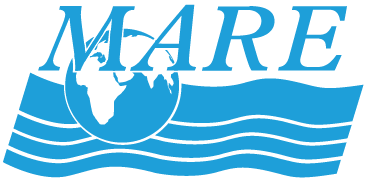Session 3. How Learning Happens and Ocean-Atmosphere Connection
This session probes into how learning happens – specifically, how learners construct an understanding of the world around them through experiences, social interactions, and making connections with their prior knowledge. Participants engage in a series of activities to gain a deeper understanding of the concept of the ocean as a heat reservoir and then apply that knowledge to explain the different temperatures found in coastal and inland places. Participants reflect on how the five foundational ideas on how people learn helped them learn the science content in the activity. The instructional model, the Learning Cycle is introduced to guide participants’ thinking about the development of activities and experiences to support conceptual understanding and interest. Participants begin to explore what we mean by data and the various types of data and ways to collect data, while also thinking through the benefits and limitations of overly using one type of data in teaching. The homework assignment introduces participants to additional ideas from the current research on learning and has them collect real-time environmental data through a web-based data portal.
- Session 3. Write-Up
- Session 3. Slideshow
- Session 2. Handouts: Data Skills used in Working with Data and What’s up with Charleston and Waterloo; Readings: The Ocean as a Heat Reservoir; How Learning Happens; The Learning Cycle; and homework (Key Ideas from the Literature: How People Learn; Data Scavenger Hunt; Water Temperature Data Search; and Water Temperature Answers and Learning Goals).

